 In the summer of 2005, my high school band played a show in a dude’s parents’ garage (that dude is now a member of the excellent band JAGALCHI). In between bands, a song was playing that gave the same sort of frantic post-hardcore as At the Drive-In. I was transfixed and asked what it was. The answer was a band called …And You Will Know Us by the Trail of Dead. A couple years later, I stumbled upon their album Source Tages & Codes in the used CD section of my local record store. I bought it without hesitation.
In the summer of 2005, my high school band played a show in a dude’s parents’ garage (that dude is now a member of the excellent band JAGALCHI). In between bands, a song was playing that gave the same sort of frantic post-hardcore as At the Drive-In. I was transfixed and asked what it was. The answer was a band called …And You Will Know Us by the Trail of Dead. A couple years later, I stumbled upon their album Source Tages & Codes in the used CD section of my local record store. I bought it without hesitation.
But as I listened to it, I found it a bit too scattered to get my head around it. There were moments of the chaotic bliss that grabbed my attention, but they were brief and rare among a bevy of anthemic emo songs, theatrical prog, and, to my dismay (then) power pop songs.
With the space of two decades between my first impression and finding it for free on The Sound of Vinyl’s Father’s Day sale, I’ve realized that what I initially saw as scatterbrained is actually sprawling, offering a snapshot of the early 2000s alt scene that includes bits of every subgenre’s tendencies.
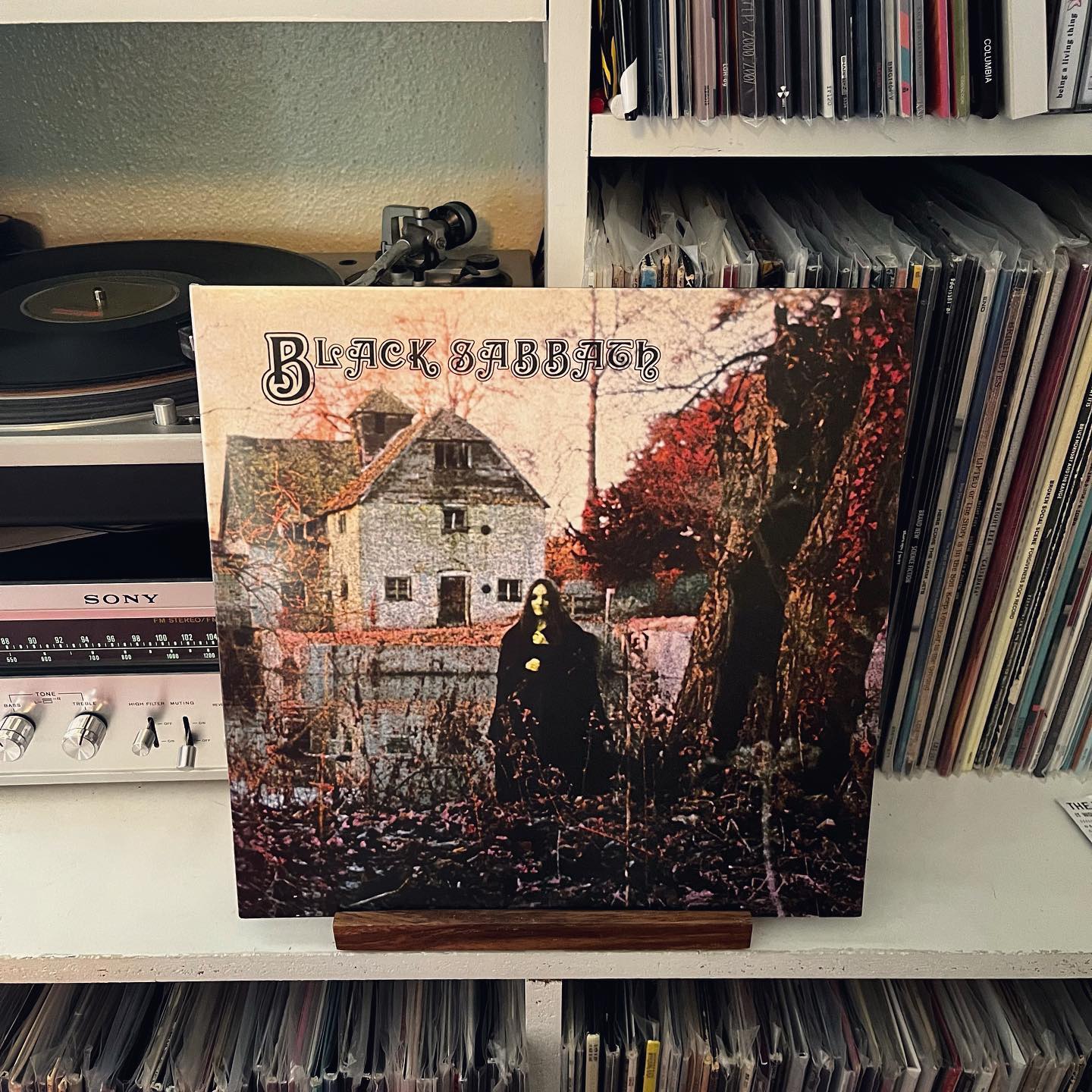


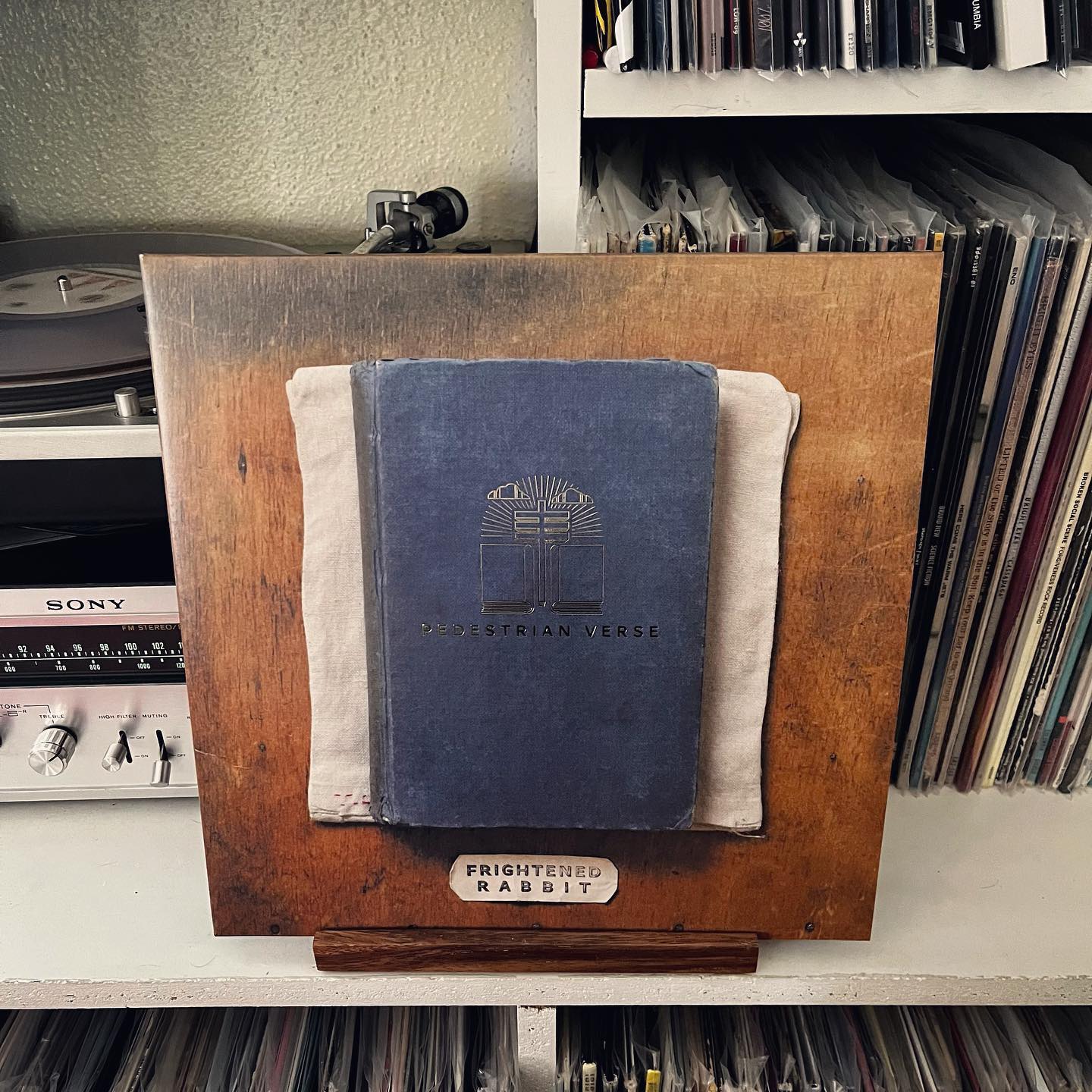
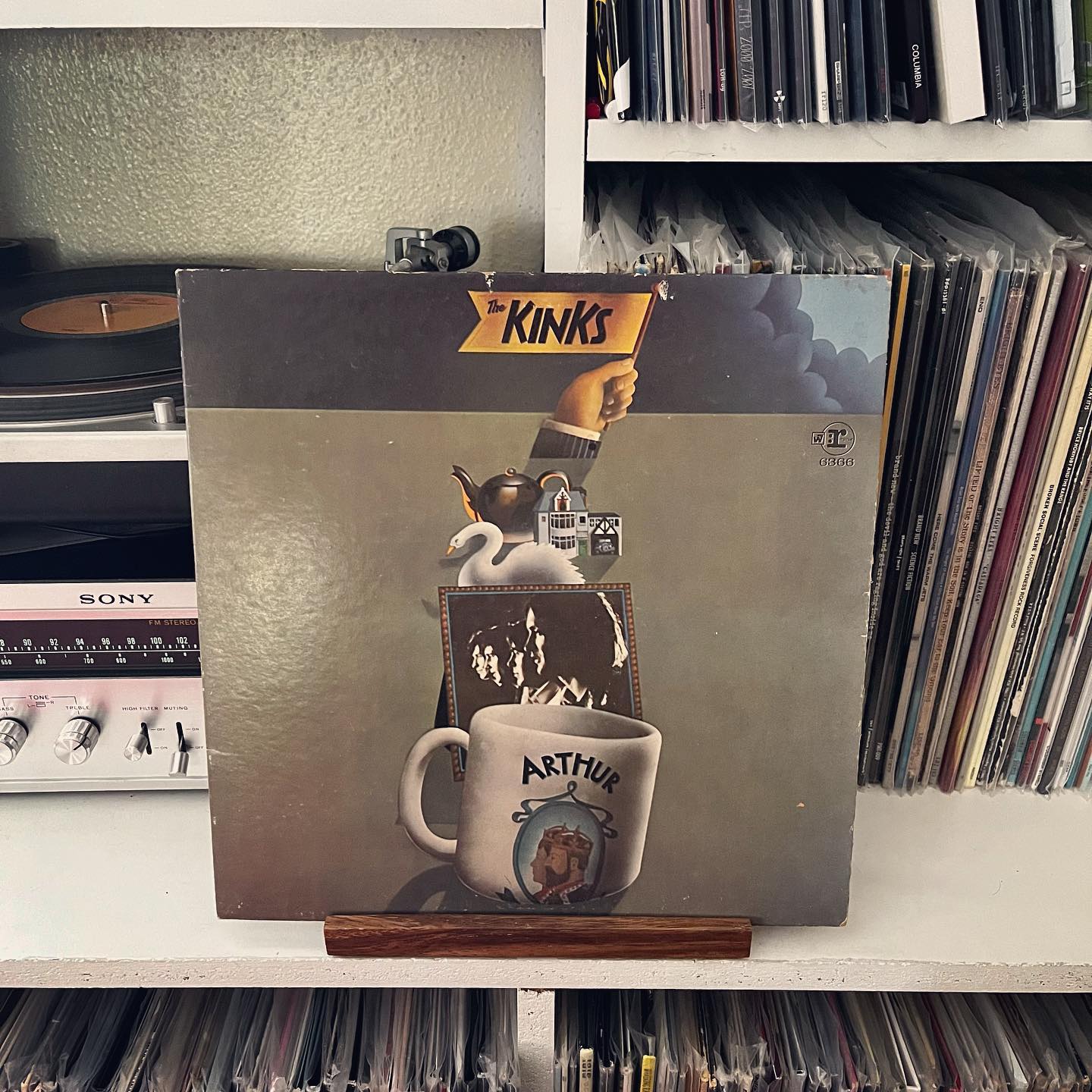
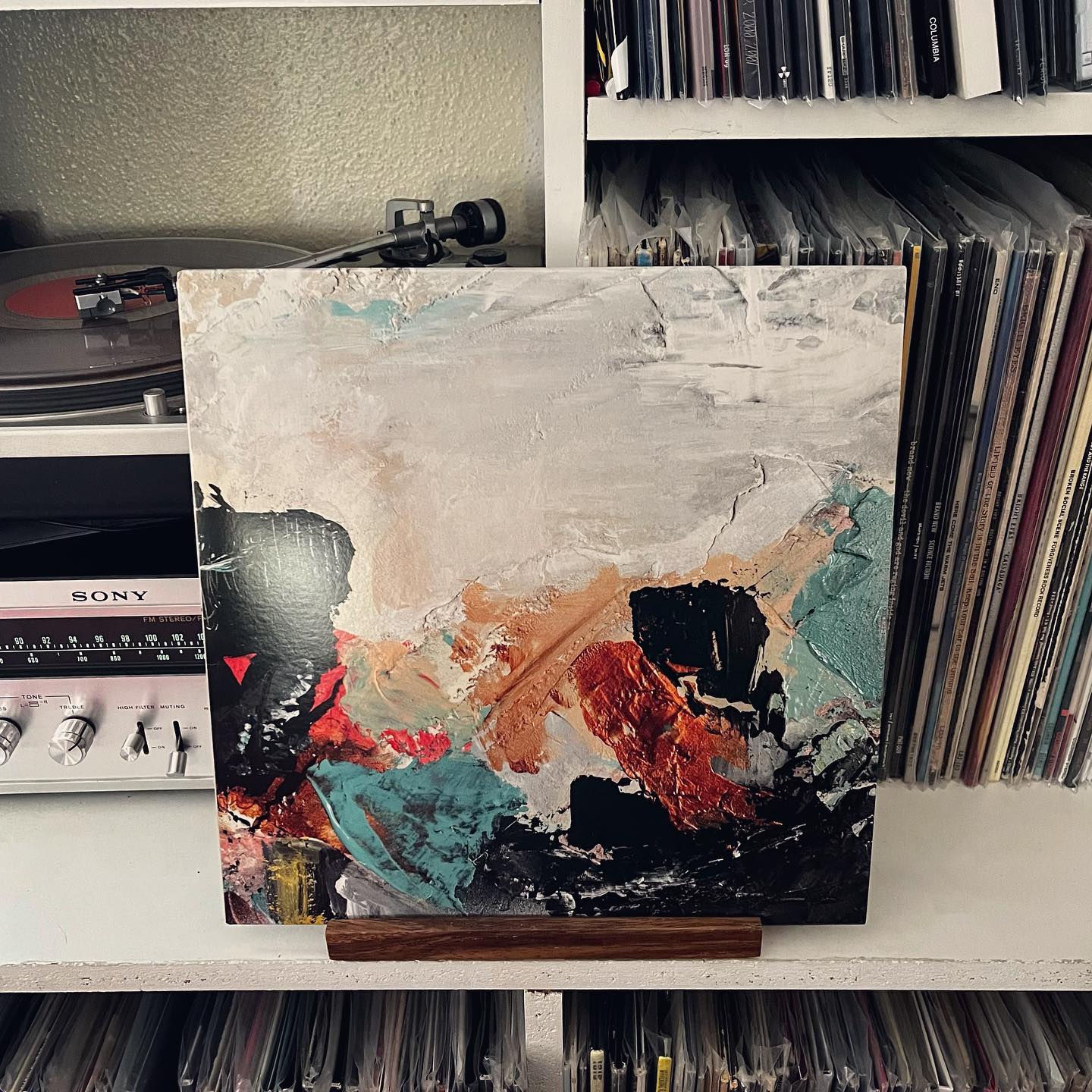

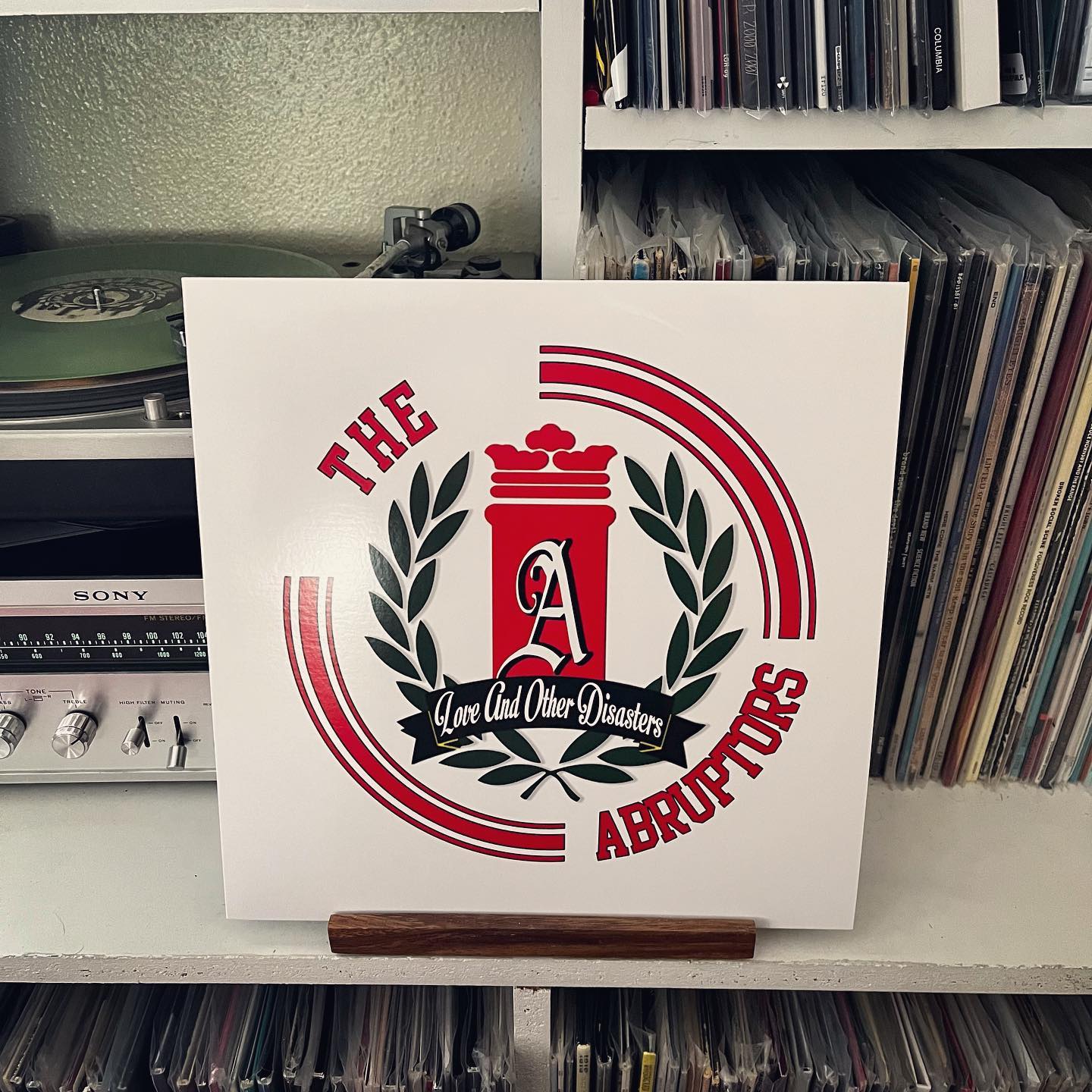
 As the ancient Greek philosopher Heraclitus once said, “Change is the only constant in life.” He probably wasn’t talking about the artistic trajectory of musicians, but it’s certainly applicable. Every artist’s career is destined to change—whether by the continued growth of experimentation or the stagnation from repeating once-fresh formulas until they decay. And as artists change, their fans also change, and often in different directions. It seems to me that many fans usually follow an artist for three albums before they each move beyond one another.
As the ancient Greek philosopher Heraclitus once said, “Change is the only constant in life.” He probably wasn’t talking about the artistic trajectory of musicians, but it’s certainly applicable. Every artist’s career is destined to change—whether by the continued growth of experimentation or the stagnation from repeating once-fresh formulas until they decay. And as artists change, their fans also change, and often in different directions. It seems to me that many fans usually follow an artist for three albums before they each move beyond one another.